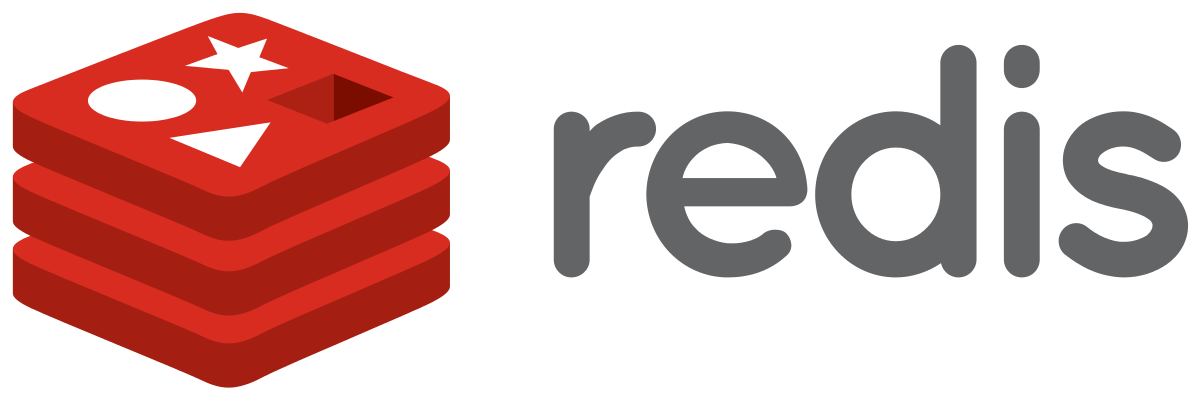
Graph databases, in a general way, are databases that use graph structures for meaningfully association of data with nodes, edges and properties to represent and store data.
There are a lot of graph databases such as AllegroGraph, ArangoDB, Blazegraph, Bitsy, Cayley, Filament, graphd, Horton, IBM System G Native Store, MarkLogic, Neo4j, Ontotext GraphDB, Oracle Spatial and Graph, Oracle NoSQL Database, R2DF, SPARQLCity, Titan, Weaver, WhiteDB, OhmDB. Yeah, many more to go..! But, the question is whether these are having any speciality or ease to work with when it comes to serious terms like other common database applications. Lets cut to the chase, then.
We need to understand that with graphs and such GUI related terms within a server environment, we have some aesthetic features;
*Distributed processing :
Eg: Apache Hama – a pure BSP(Bulk Synchronous Parallel) computing framework on top of HDFS (Hadoop Distributed File System) for massive scientific computations such as matrix, graph and network algorithms.
*GPGPU graph processing :
Still, we look for a good example to understand the good work.
Eg:Medusa – A framework for graph processing using graphics processing units (GPUs) on both shared memory and distributed environments; allows users with no GPU programming expertise to leverage GPUs for graph processing.
*APIs and graph query-programming languages
A large number of graph query languages came in to existence for our help. Some of these are Bounds Language, Oracle SQL and PL/SQL APIs , Thunderdome, Mogwai, Rexpro-Python and a lot more.
The graph database in brief words can be described as essentially a collection of nodes and edges. Each node represents an entity (such as a person or business) and each edge represents a connection or relationship between two nodes. Every node in a graph database is defined by a unique identifier, a set of outgoing edges and/or incoming edges and a set of properties expressed as key/value pairs. Each edge is defined by a unique identifier, a starting-place and/or ending-place node and a set of properties.
The major interest in Graph databases arise because these are well-suited for analyzing interconnections, which is why there has been a lot of interest in using graph databases to mine data from social media. Graph databases are also useful for working with data in business disciplines that involve complex relationships and dynamic schema, such as supply chain management, identifying the source of an IP telephony issue and creating “customers who bought this also looked at…(visitor POST)” recommendations.Neo4j is considered to be the top ranked graph database by DB-Engines Ranking by their popularity.
The major advantages of graph databases are;
*Social Networks Analysis: Perform fast analytical operations in your applications for Twitter or Facebook. The major application is on the rise for the graph databases.
Bibliographical Networks : Implement analytical tools to extract and relate information from networks such as Wikipedia or IMDB.
Media analysis : Recommend new content, relate your social data with your media data.
Security Networks & Fraud Detection : Key in a pattern or security log analysis.
Physical Networks exploration & optimization: Optimize logistical routes, identify bottlenecks in your network, and search the minimum route to arrive to a certain location.
Biological Networks: Analyze and express in a graph genetic and protein networks. Detect mutations and evolution through time.
Recommendation for E commerce: Get and store information such as “people who has bought this also…(the strategy planning concern based on visitors)”
“Small memory footprint that is easy to manage “ and “ Open source query language such as Gremlin” can be taken as two slogans to provide a thumps up to the era of Graph databases in the modern DBMS.




